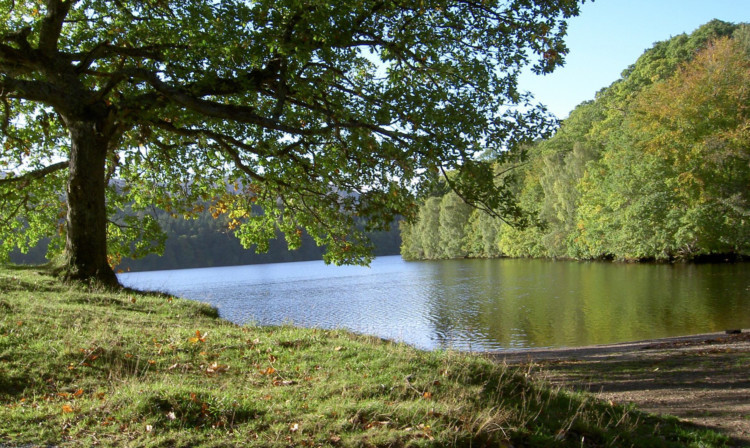Perthshire anglers are taking court action after being banned by a government body from maintaining a stretch of water on the River Tummel.
Scottish Natural Heritage (SNH) has designated part of the bank a Site of Special Scientific Interest (SSSI) and ordered the East Haugh Angling Club, near Pitlochry, to stop carrying out work to protect the soil.
SHN wants the banks to be allowed to erode naturally, which the club claim will make the beat useless for fishing.
Now, the group has vowed to fight SNH in the Scottish Land Court.
Club chairman Don Reid said: “We bought the salmon fishing on the Tummel in January 1985. We should have been notified that it was the equivalent of an SSSI at the time. The definition has changed over the years but they notified the previous owner in December 1985.
“Now it’s an SSSI proper and they’ve decided to change the rules they’ve ‘issued new consents’.
“These new consents did not allow us to fish but we did get them to see sense and they gave us permission to take salmon.
“However, they will not give us permission to maintain the riverbanks because they want it to behave naturally.
“That would destroy the fishing the river would almost certainly split. We would have an island, one side which would be unfishable because of trees and the other bit because we are unable to get to it. The fishing would be halved in value, if not destroyed.”
He added: “When we approached SNH to do the work they said we must go to SEPA first.
“SEPA said we didn’t need their consent, which means we must go to SNH for their consent. SEPA rules and regulations say we must do this work, so we have one government body saying we must do the work and another saying we can’t.
“It’s quite frustrating.”
Gavin Clark, SNH’s Tayside and Grampian operations manager, said allowing the bank to erode was essential to the health of the entire river.
He said: “We appreciate the importance of salmon fishing on the Tay and the Tummel.
“But artificial bank reinforcement and other structures in one stretch results in knock-on impacts elsewhere, such as increased rates of erosion on an opposite bank or further downstream.
“Our objectives and that of the salmon fishermen are the same a healthy river and salmon population. Natural river processes are essential to achieving this.”
